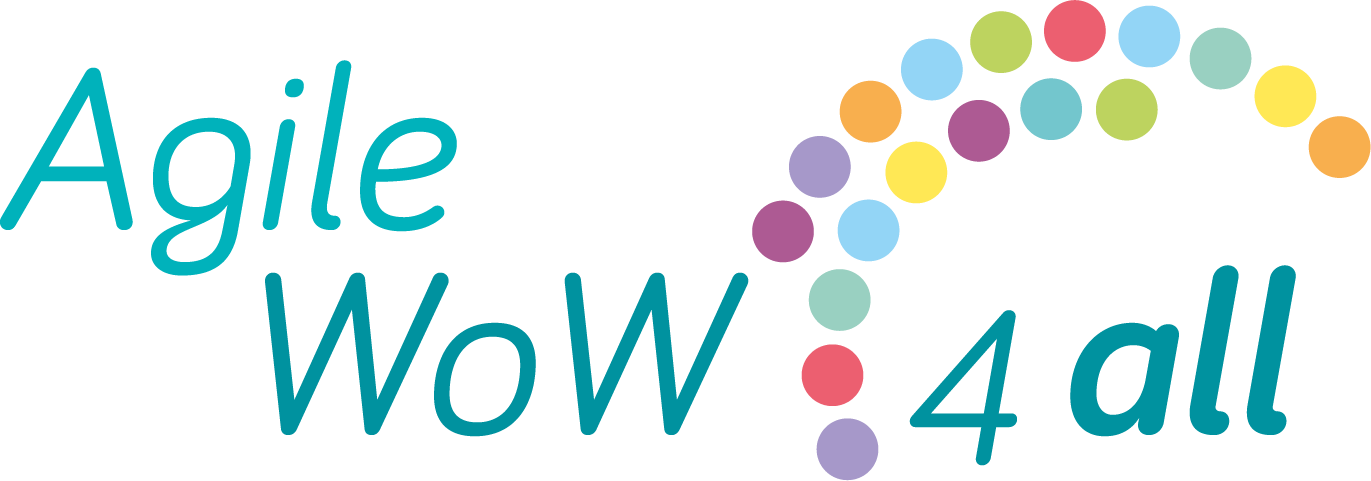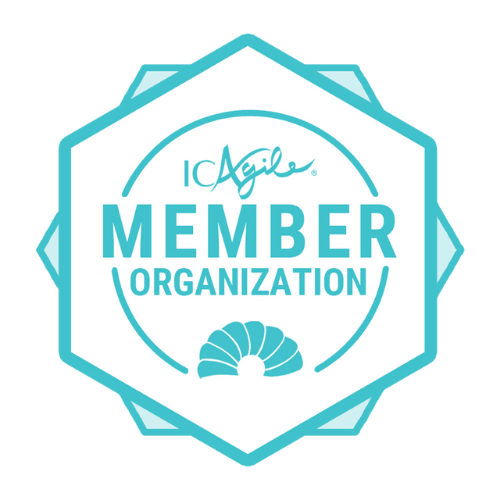Jun 8
/
Christophe Martinot
Empowering Teams: how different it is in Agile Leadership vs Classical Leadership
Comparing Agile Leadership with Classical Leadership: Empowering Teams
Today's rapidly evolving business environment demands leadership styles equipped to drive organizational success. Classical methods have been most widely used, yet agile leadership is gaining traction. The two distinct approaches are highlighted by their ways of empowering teams. In this article we will explore the unique characteristics and benefits of classical and agile leadership when it comes to team empowerment.
Today's rapidly evolving business environment demands leadership styles equipped to drive organizational success. Classical methods have been most widely used, yet agile leadership is gaining traction. The two distinct approaches are highlighted by their ways of empowering teams. In this article we will explore the unique characteristics and benefits of classical and agile leadership when it comes to team empowerment.
Let's review the key differences:
Leadership philosophy
Serves as a servant leader, supporting and enabling the success of the team.
In classical leadership, the leader assumes a commanding role and makes most of the decisions.
Empowering the team:
Fosters a culture of ownership and accountability through agile leadership, which empowers and trusts teams to make decisions autonomously.
Traditional Leadership: Relies on hierarchical decision-making, with limited autonomy for teams.
Making decisions:
A collaborative and participatory approach to decision-making, involving the entire team.
A classic leader follows a top-down, hierarchical approach to decision-making, making decisions at the top and cascading down.
Leader's role:
In Agile Leadership, the leader acts as a facilitator, coach, and enabler, supporting the growth and development of the team.
Leaders assume an authority figure role, making decisions and providing direction.
The communication process:
Communication is open, transparent, and frequent, fostering dialogue and information flow.
Communication is formal and controlled, and information is not disseminated beyond what is necessary.
Ability to adapt:
Leadership that embraces change and encourages flexibility, adapting quickly to evolving market conditions and customer demands.
A classic leader resists change and adheres to established processes, preferring predictability and stability.
Learning from feedback:
A culture of learning and growth is promoted through regular feedback loops and continuous improvement.
Leaders provide feedback to team members, limiting learning opportunities.
Autonomy and ownership:
Leading Agilely: Encouraging team ownership and autonomy at all levels.
Leaders at the top make most of the decisions, with limited ownership and autonomy.
Taking risks:
Creating an environment that fosters creativity and experimentation, Agile Leadership encourages calculated risk-taking and innovation.
An effective leader avoids risks and prefers stability, focusing on predictable outcomes.
Orientation towards goals:
An agile leader focuses on delivering customer value and business outcomes, aligning the team's efforts with organizational objectives.
Leadership that emphasizes meeting predetermined targets and goals, usually set by senior management.
Dynamics of a team:
Leadership that emphasizes self-organization and cross-functional teams, as well as collaborative problem-solving.
Leadership that relies on a hierarchical structure with specialized roles, creating a more siloed environment.
Leadership is all about empowering teams, and there are two main approaches: agile or classical. Agile leadership fosters trust, collaboration, autonomy, and malleability, whereas classical leadership relies on rigid structures with hierarchical decision-making.
Knowing the differences between the two can help organizations decide which best suits them, allowing better team empowerment that can bring success in a changing business climate.
Knowing the differences between the two can help organizations decide which best suits them, allowing better team empowerment that can bring success in a changing business climate.
Should you be interested in learning more about how to empower your team, and agile leadership, please do not hesitate to contact us
Thank you!
AgileWoW4all is a brand of SeedingEnregy S.L.
At SeedingEnergy we want to unleash the potential of your team and reach new goals through facilitation, customized trainings and coaching.
Copyright SeedingEnergy© 2021
Write your awesome label here.
¿Estás preparado?
Sé el primero en aportar innovación en tu departamento de Marketing
Thank you!




